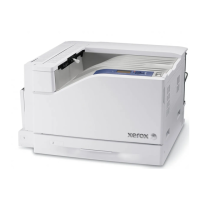
Do you have a question about the Xerox Phaser 7500DN and is the answer not in the manual?
| Print Technology | Laser |
|---|---|
| Print Resolution | 1200 x 1200 dpi |
| Print Speed (Color) | Up to 35 ppm |
| Print Speed (Black) | Up to 35 ppm |
| Operating Systems Supported | Windows, Mac OS, Linux |
| Duplex Printing | Yes |
| Standard Memory | 256 MB |
| Maximum Memory | 1 GB |
| Connectivity | USB 2.0, Ethernet |
| PDL | PostScript 3 |
Covers warnings and precautions regarding electrical hazards and power cord usage for safe printer operation.
Details on using the supplied power cord, grounding, and avoiding extension cords or power strips.
Provides guidelines for safe printer placement, operation, and use of supplies to ensure safety.
Outlines precautions for printer maintenance, advising against unauthorized procedures and aerosol cleaners.
Identifies and describes the various physical components of the Phaser 7500 printer.
Details the different models and standard/available configurations of the Phaser 7500 printer.
Explains the functions and layout of the printer's control panel for user interaction.
Details how to access online support, troubleshooting guides, and printer-specific information via the Xerox Support Centre.
Outlines the general steps for setting up and configuring the printer on a network.
Explains the different methods for connecting the printer to a network, including Ethernet and USB.
Details the requirements and procedure for establishing an Ethernet connection for network access.
Describes how to connect the printer using a USB cable for direct computer connection.
Covers setting up the printer's network address, including TCP/IP, DHCP, and manual configuration.
Explains the importance of TCP/IP and unique IP addresses for network communication.
Describes methods for automatically assigning an IP address, often via DHCP or installer.
Provides instructions for manually configuring the printer's IP address when automatic methods are not suitable.
Introduces software tools like CentreWare IS and CentreWare Web for managing and configuring printers.
Details CentreWare IS, a web-based tool for managing printer status, configuration, and jobs.
Explains CentreWare Web for multi-vendor printer management, installation, and troubleshooting.
Provides installation and troubleshooting steps for Windows 2000 and later operating systems.
Offers solutions for common problems encountered during printer installation and operation on Windows.
Covers setup and connection methods for Macintosh OS X versions 10.3 and above.
Offers troubleshooting steps for connection and communication issues on Macintosh OS X.
Explains how to connect and install drivers for UNIX/Linux workstations.
Covers the configuration and use of the IPv6 network protocol for printer connectivity.
Covers manually assigning IPv6 addresses using the control panel or CentreWare IS.
Details the types of media recommended and supported for printing, including guidelines.
Explains how to load various types of paper and media into the printer trays.
Covers printing on various special media types like transparencies, envelopes, and labels.
Explains how to select various printing options like page layout and print quality via printer drivers.
Covers the process and guidelines for performing automatic 2-sided printing.
Provides step-by-step instructions for performing automatic 2-sided printing on different operating systems.
Covers how to let the printer automatically select paper or force it to use a specific type/tray.
Explains how to print multiple document pages onto a single sheet of paper.
Covers creating booklets using 2-sided printing, including creep and gutter options.
Explains how to adjust color settings for different output devices and simulations.
Explains how to make manual color adjustments using sliders for lightness, saturation, and contrast.
Provides instructions for printing documents in black and white using supported drivers.
Introduces special print job types like Personal, Secure, Proof, and Saved jobs.
Provides an overview of maintenance tasks and cleaning procedures for the printer.
Outlines general safety precautions to take when cleaning or maintaining the printer.
Covers procedures for cleaning the printer's exterior and internal components like LEDs.
Provides information on ordering consumables and routine maintenance items for the printer.
Details the precautions and procedure for safely moving the printer, including lifting instructions.
Offers procedures to locate and resolve common printer problems, often by restarting.
Provides solutions for issues when the printer fails to power on.
Covers procedures for clearing paper jams and troubleshooting feed issues.
Details how to remove jammed paper from various locations within the printer.
Provides solutions for common paper feed issues like multiple sheets or persistent jam messages.
Guides users on diagnosing and resolving issues affecting the quality of printed output.
Introduces the printer's built-in tools for diagnosing and improving print quality.
Details the process of calibrating colors for accurate and consistent print output.
Lists common print quality issues and their probable causes and solutions.
Guides users on how to access help resources for printer issues.
Explains how to use the automated, internet-based PhaserSMART system for diagnostics and support.
Provides dimensions and weight for the printer's base unit and optional trays.
Details the recommended temperature and humidity ranges for printer storage and operation.
Lists the electrical requirements, voltage, and frequency specifications for the printer.
Details the printer's resolution and print speed capabilities for color and monochrome output.
Covers FCC, Canadian, and European Union regulations for electromagnetic emissions and immunity.
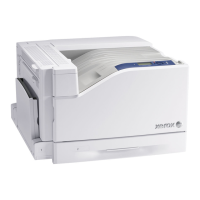
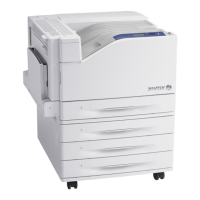

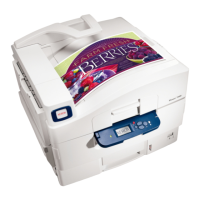
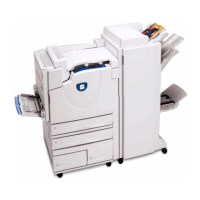
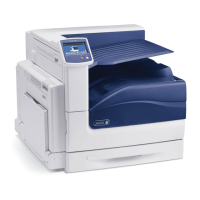
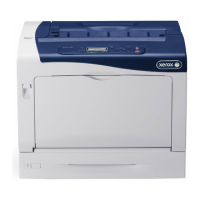
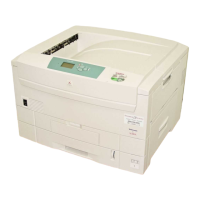
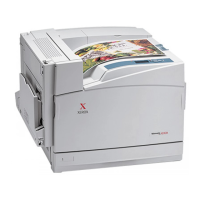
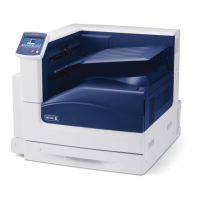
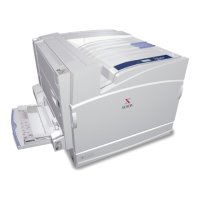
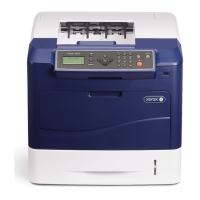
